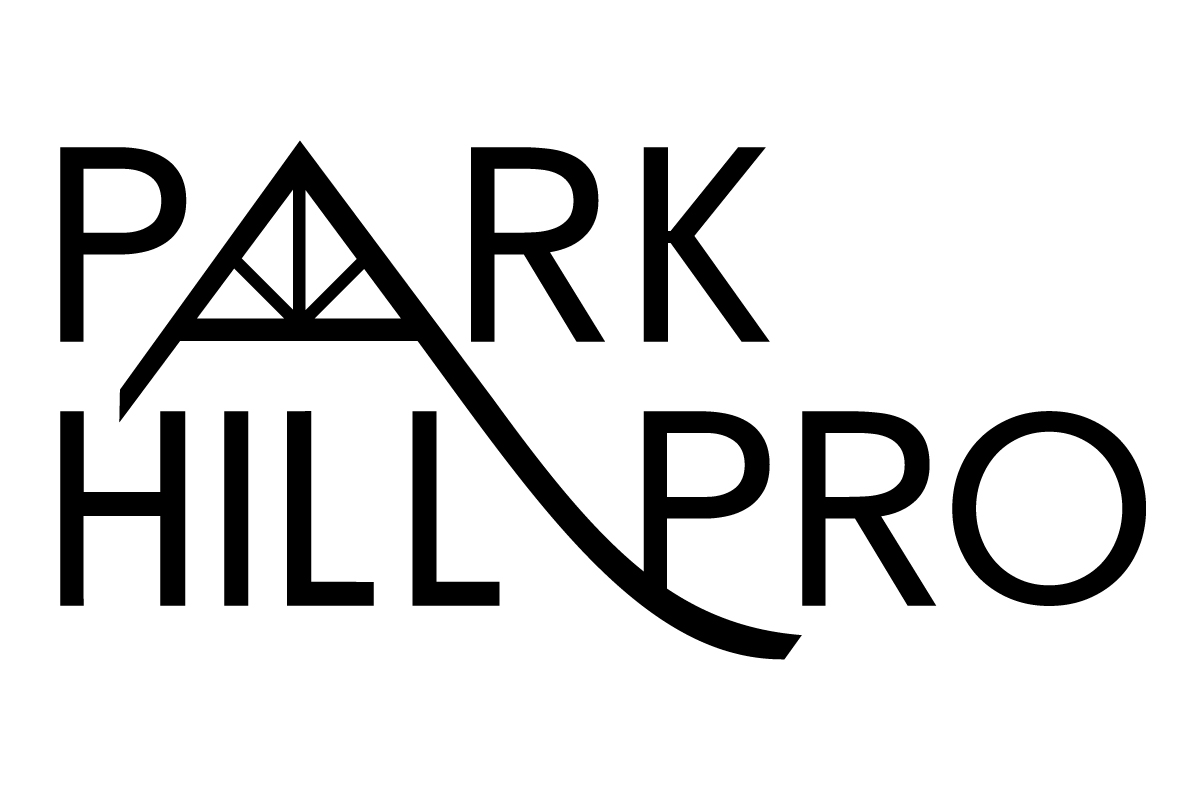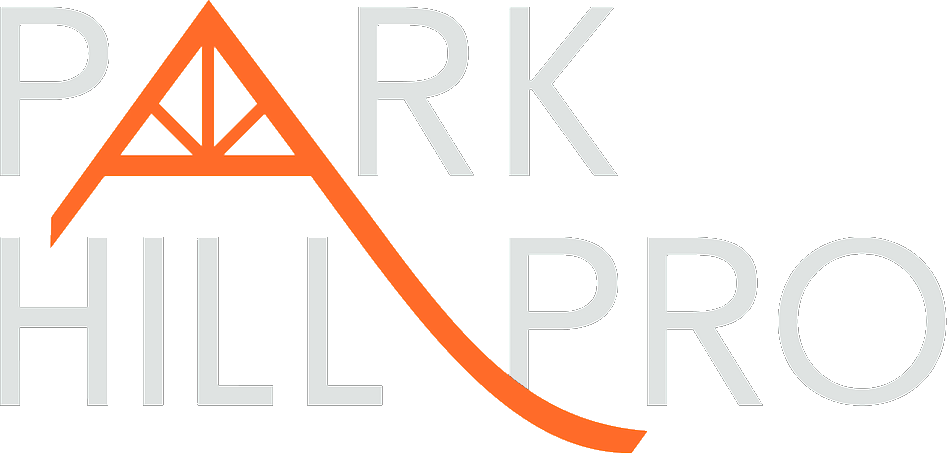The city of Denver was officially founded in 1858 during the Pike’s Peak Gold Rush.
Back then, people lived in log cabins, tents, and adobe structures.
In 2024, our structures look… a little different.
From the charm of early 20th-century Craftsman bungalows to the sleek lines of modern and contemporary homes, Denver’s residential landscape offers a visual journey through time and innovation.
Let’s count up the top five home styles in Denver and see which one you like best!
The Craftsman Bungalow
The Craftsman Bungalow style, emblematic of American architectural innovation in the early 20th century, holds a special place in Denver’s heart.
Originating from the Arts and Crafts movement, this style was a response to the industrial revolution’s mass-produced construction, emphasizing handcrafted details, natural materials, and a closer relationship between the home and its environment.
In Denver, Craftsman bungalows became popular between 1905 and 1930, mirroring a national trend towards homes that blended aesthetic appeal with functionality.
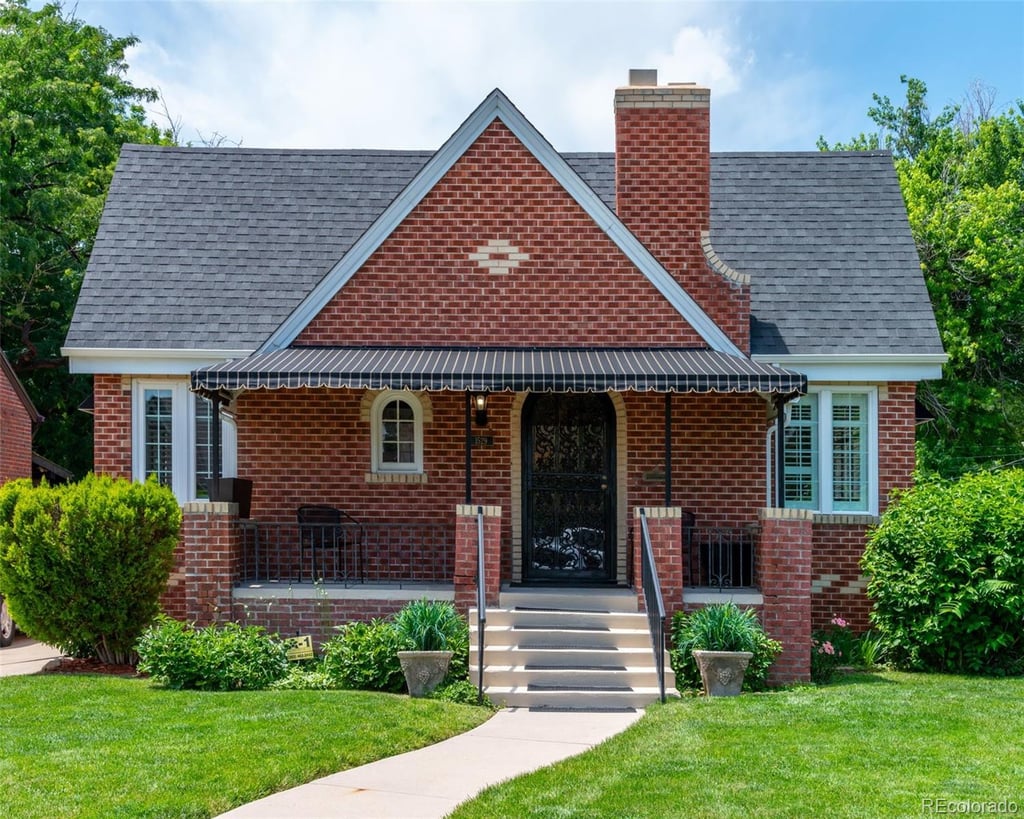
These one-story (sometimes one-and-a-half-story) homes are distinguished by their low-pitched gable roofs, wide eaves with exposed rafters, and large front porches supported by square columns.
The interiors often feature built-in furniture, such as bookcases and seating, and extensive use of woodwork to create a warm, inviting atmosphere.
The popularity of the Craftsman style in Denver can be attributed to its adaptability to the city’s varied climate and its embodiment of simplicity and craftsmanship. Neighborhoods like Park Hill, Congress Park, and the Highlands boast many fine examples of Craftsman bungalows, where they contribute to the area’s charm and character.
Victorian Homes
The Victorian Home style in Denver, with its distinctive charm and elaborate detail, is a testament to Denver’s flourishing during the late 19th and early 20th centuries.
This period, marked by the Queen Anne, Italianate, and Second Empire styles, showcases the city’s economic growth and architectural ambition following the gold and silver booms.
Denver’s Victorian homes have steeply pitched roofs, ornate trim, patterned shingles, and vibrant color palettes.
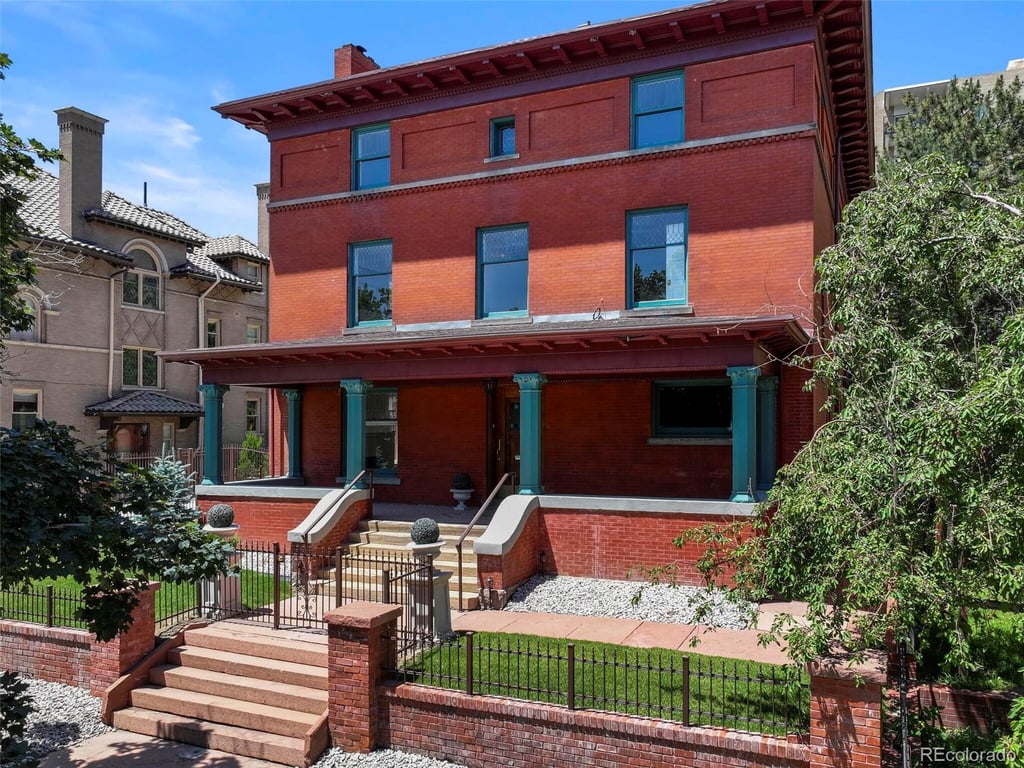
Bay windows, turrets, and decorative brackets under the eaves are also common, adding to the visual complexity and elegance that define this style.
Inside, these homes often feature high ceilings, intricate woodwork, and grand staircases, embodying the period’s penchant for opulence and detail.
Denver’s historic districts, such as Capitol Hill and the Baker neighborhood, house many of these architectural gems. Here, Victorian homes have been meticulously preserved and restored, serving as proud reminders of the city’s rich past.
The Infamous Denver Square
The Denver Square, sometimes referred to as the American Foursquare, emerged as a hallmark of residential architecture in Denver from the late 19th century into the early 20th century.
This style became immensely popular for its practicality, simplicity, and efficient use of space, perfectly suited to the city’s growing middle-class families.

Characterized by its boxy form, the Denver Square is a two-story structure with a nearly square footprint, topped with a hipped roof that often features a dormer. The design is straightforward yet elegant, typically featuring a large front porch that provides a welcoming transition from public to private space.
The interiors are known for their functional, spacious layouts, with four rooms on each floor arranged around a central staircase, maximizing both living space and natural light.
Modern and Contemporary Homes
As Denver strides into the 21st century, the cityscape has embraced modern and contemporary architectural styles, reflecting its evolution into a cosmopolitan hub.
These homes, known for their sleek, clean lines and minimalist aesthetic, mark a departure from the ornate details of earlier architectural styles. Large windows, open floor plans, and the use of industrial materials like steel, glass, and concrete are hallmarks of this design philosophy, emphasizing functionality and a connection to the outdoors.
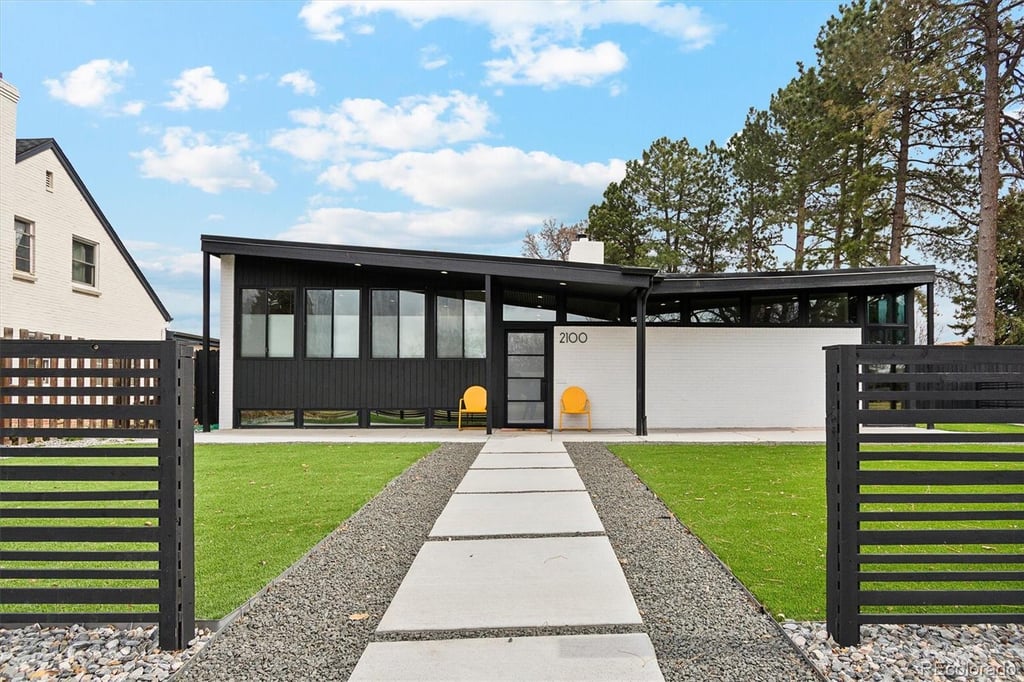
Denver’s modern and contemporary homes often incorporate sustainable and eco-friendly technologies, mirroring the city’s growing environmental consciousness. Neighborhoods like Cherry Creek, LoHi, and RiNo are at the forefront of this architectural shift, offering cutting-edge designs that blend aesthetic appeal with energy efficiency.
Mountain Rustic and Chalet Style
Reflecting Denver’s proximity to the Rocky Mountains, the Mountain Rustic and Chalet styles offer a nod to the natural beauty that surrounds the city.
These homes are characterized by their use of natural materials such as stone, wood, and heavy timbers, creating a sense of warmth and rugged elegance that blends seamlessly with the mountainous landscape.
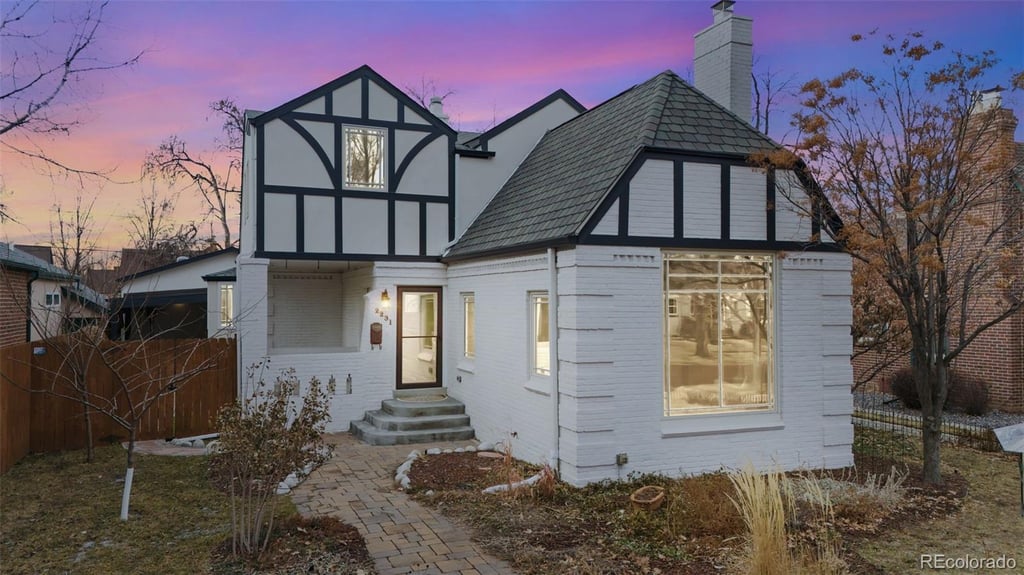
Large windows and spacious decks are common features, designed to take full advantage of the breathtaking views and to bring the outdoors in.
Interiors often feature open floor plans, vaulted ceilings, and fireplaces, emphasizing comfort and coziness against the backdrop of the Colorado wilderness.
Conclusion: Which Home Style in Denver is Your Favorite?
Whether you’re into the classic Denver Square or a more modern mountain chalet, there’s a dream home on the market for you.
If you’re looking to buy in Denver — especially in the top-ranked eastern neighborhoods such as Park Hill and City Park — call Erik! He’s here to help you on your home buying journey.
